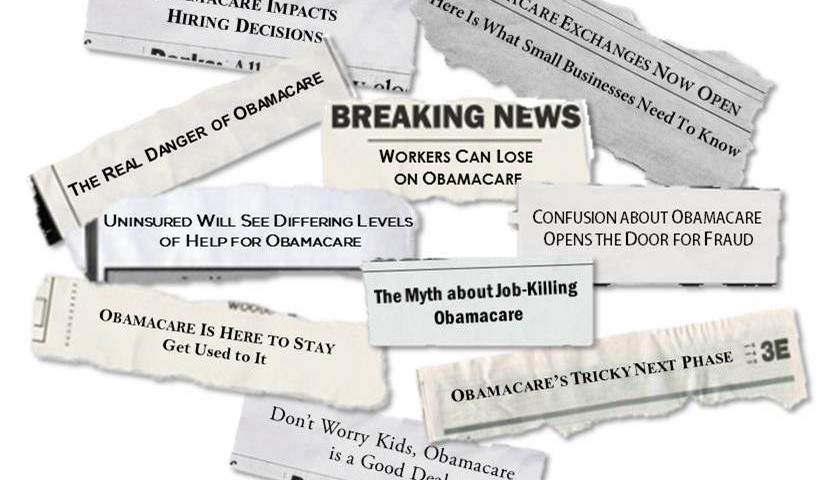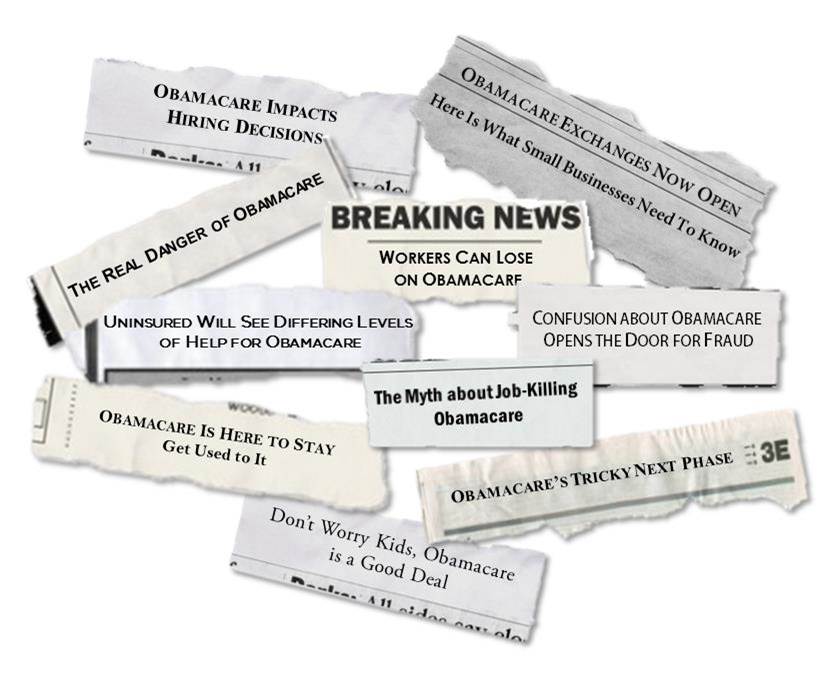How Instructional Design Can Help Solve ObamaCare’s Problems

12 Ideas (Plus Two) Worth Spreading, Part 2
October 14, 2013
Instructional Design Lessons Learned from the Land of MOOCs
November 25, 2013(many thanks to Susan Burris for her contributions to this article)
The headlines say it all. As one of the most ambitious pieces of legislations of our time, the Patient Protection and Affordable Care Act, more commonly known as ObamaCare or ACA, is fraught with problems. At almost 11,000 pages, the law is complex. The information explaining it is both overwhelming and conflicting. The stakes are high. The law affects every American. The rewards could be great—the promise of health insurance for all. But implementing that vision is a monumental task. How do you motivate a nation to get health insurance in a whole new way?
As a performance improvement company, C2 views these issues from a performance-focused perspective. We have tools and processes from the field of instructional design that can help to guide individuals through the dense landscape of affordable health insurance and to avoid its pitfalls.
Information Overload: If you search the Web, you will certainly find answers to your questions about ObamaCare, and you will quickly be deluged with facts, counter-facts, ifs, ands, and buts. How do you know what to believe? How do you sift through all of that information to find what’s important to you? C2’s instructional designers look at all that information very differently from healthcare experts. We start by understanding who the audience is, and what they need to know and do. That allows us to assemble just the information each audience needs and deliver it in a way that’s most meaningful to them. For the ACA, we’ve identified the following audiences, with vastly different needs: Navigators/Consumer Assistance Personnel, Consumers (individuals, families, and small businesses and their employees), Brokers, Call Center Representatives (CSRs), Health Workers, and Volunteers tasked with helping consumers enroll for healthcare coverage. We’ve created courses targeted to what each group needs to know and do to make affordable health insurance happen. These courses methodically guide target audiences through the information, providing simple examples to bring key concepts to life, giving users the opportunity to apply what they’ve learned, and supporting them with tools to address their unique situations.
Complexity: The ACA is a complex law, and for every stipulation, there are exceptions and exceptions to those exceptions. For those who want to help the uninsured find appropriate healthcare coverage, the training can be overwhelming. C2’s instructional designers help make sense of that complexity by layering information so users get just the facts they need, with links to more information when questions arise. We also translate the complex language of the law into plain language that guides users to the most relevant information. Then we offer case studies to help users understand and apply the law to real-life issues, such as immigration status and shared custody of children. Supplemental interactions help people understand what the Federal Poverty Level is and how to use a household income number to ascertain which types of financial help are available. We offer an infographic that differentiates frequently confused terms, such as “co-pay” and “coinsurance.” We anticipate the tough questions so users will have the right answers as they make their own health insurance choices or help others to do so.
Confusion About What To Do Next: Even those intrepid souls who manage to read through all the information on ACA may be left wondering: So now what do I do? C2’s instructional designers start by asking exactly that question, and then work back from there to determine the most direct path to achieving users’ goals. We start with the basic need and build on it, weaving in opportunities to practice and providing tools to help with the application.
Meeting the Needs of a Diverse Audience: Those affected by the ACA may well be the most diverse audience we’ve ever addressed. Since the ACA will in some way affect every American, the people who need to be reached encompass every demographic—old and young, male and female, educated and uneducated, members of every ethnic group…. Some of those most likely to benefit from this law may not speak or read English. Many do not have access to computers. They may have pressing financial priorities that make health insurance seem unattainable. They may not understand what insurance is or why it is needed. Reaching each of those audiences requires different approaches, different media, and different content. Through our thorough understanding of these audiences and their needs, C2 has assembled a vast array of resources to meet the unique needs of each individual. For example, we have developed one-page information sheets that consumers can pick up for quick information. Consumer Assistors may also use these sheets to explain insurance and ACA concepts to others.
C2 can HELP
In applying our instructional design approaches to address the problems of ObamaCare, C2 has created the Health Care Learning Portal (HELP) at www.c2-health.com. You can go there to learn everything you need to know about getting insurance, as well as helping others to get it. You can get training about the new law and what it means, find answers to your questions, and connect with others who have the same issues that you do. You can also find the tools and language to start conversations with those who need health insurance coverage and may be reluctant or skeptical about it. When you feel lost in the wilderness of ObamaCare,
C2-health.com can be your guide.











